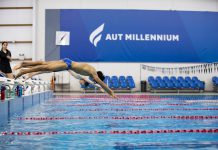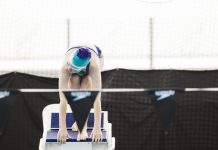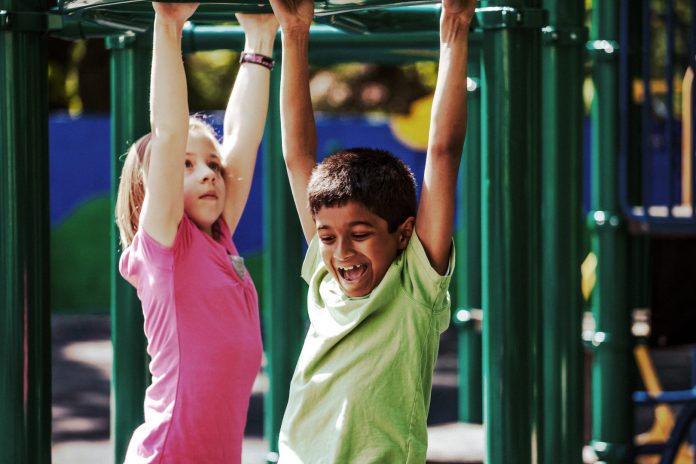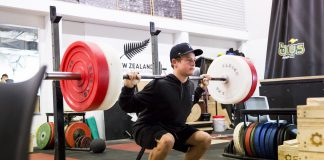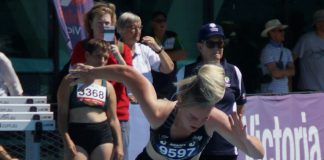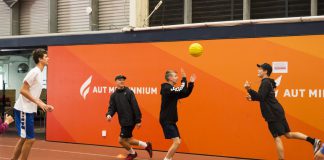Imagine for a moment you’re a kid again.
You’re on holiday at a place you’ve never visited before and come across the local playground. A gigantic twisting slide, a rainbow-coloured climbing wall, and the fast-paced flying fox. A burst of excitement rushes through your veins as you decide what to explore first.
Playgrounds suck kids in and amuse them for hours. They’re a great place to hang out, and have fun.
But for the young athlete, there’s more to it.
Not only do playgrounds present exciting movement challenges of all kinds to explore in nonthreatening, self-paced ways, but they can help teach the fundamental movement skills and athletic abilities of injury-free, skilful sports performance.
Here are 3 activities you can find at most modern-day playgrounds and their associated benefits for sporting performance.
Stepping Stones
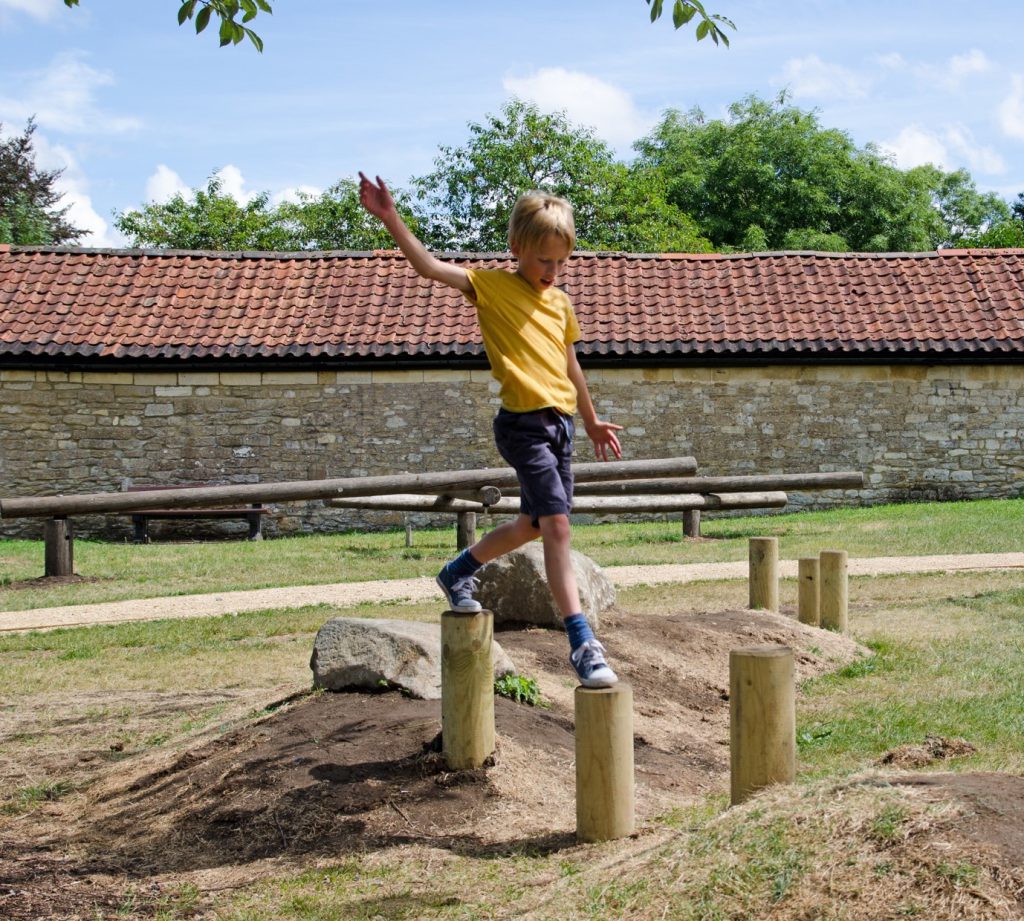 Objective:
Objective:
Get to the other side without falling
Fundamental movement patterns and athletic competencies required for success:
- Balancing – unstable stones test the player’s sensorimotor system
- Horizontal pulling and strength – to navigate from one stone to the next, the player must reach forward and ‘pull’ the rope towards them.
- Lunging and single leg strength – stepping forward to reach the next stone demands flexion at the hip and lowering of the body’s centre of mass.
- Bracing of the trunk – for more efficiency and speed, the player must rely on core strength to control their movement.
Questions to Elevate Learning
- How quickly can you get across?
- Can you navigate across while another player is coming the other way?
- Can you reach back and touch the previous stepping stone, or down to the ground, with one foot as you cross?
The Climbing Wall
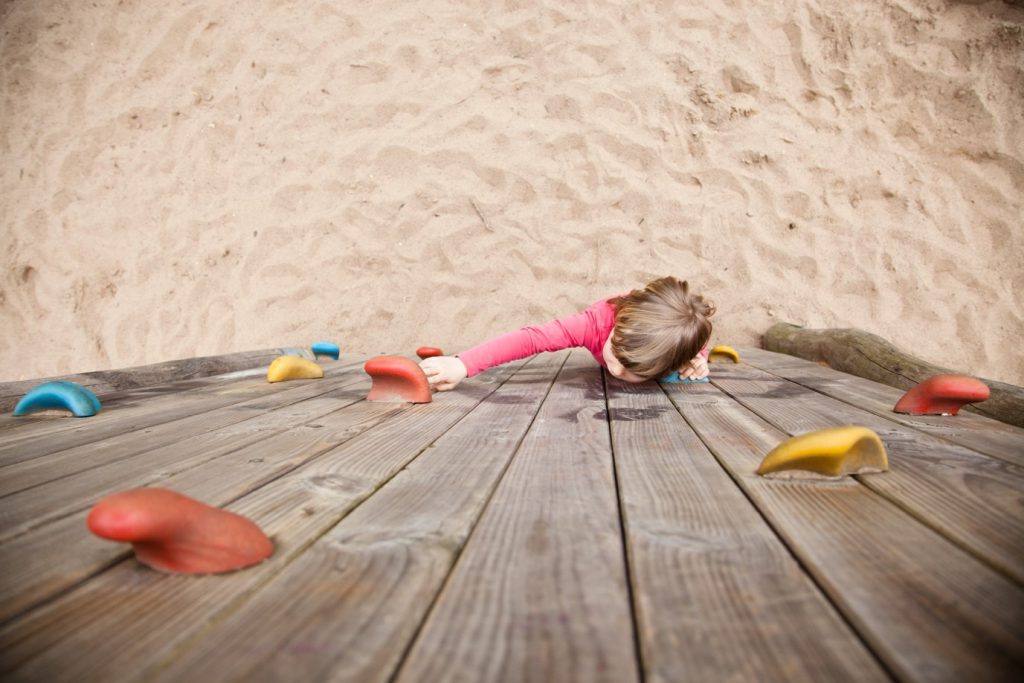 Reason to move:
Reason to move:
Get to the top without falling
Fundamental movement patterns and athletic competencies required for success:
- Balancing – randomly positioned holds test body awareness
- Overhead pulling and strength – to navigate up the wall, the player must reach above their head and ‘pull’, therefore, back, shoulder and grip strength are a must.
- Jumping, squatting and leg strength – not only is pulling overhead required, but the player must also push through the feet. Speed and efficiency require hip mobility, leg strength, and proficient jumping technique.
- Risk taking – looking up from below, or as the player climbs, overcoming the fear of falling plays a big part in solving this problem.
Questions to Elevate Learning
- How quickly can you get to the top?
- How few holds can you use to get to the top?
- Can you jump to your first hold?
- Can you come down using only your hands?
The Monkey Bars
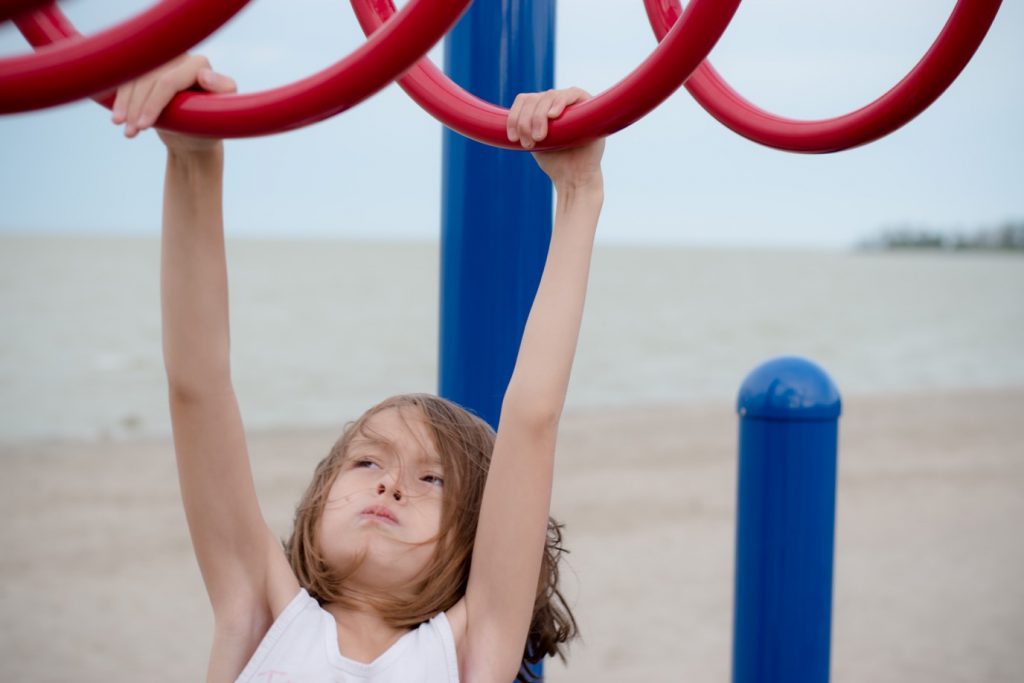 Reason to move:
Reason to move:
Get across without falling
Fundamental movement patterns and athletic competencies required for success:
- Dynamic balance – swinging across tests the player’s dynamic balance
- Pulling, pushing, reaching, bracing, twisting – to navigate across the bars (especially when another player swinging), the player must choose the right movement to solve each ‘mini problem’ they face.
- Cooperation – navigating other players requires teamwork
Questions to Elevate Learning
- How quickly can you get across?
- How few moves can you take to get across?
- Can you find your way across with a player coming the other way?
- Can you pull yourself up through the bars and stand on the top?
To Sum Up
A playground is an excellent place for developing the fundamental movement skills and athletic abilities that underpin sports performance. What’s more, with a good imagination and thoughtful questioning, a playground can benefit all ages and ability levels.
Have fun out there













